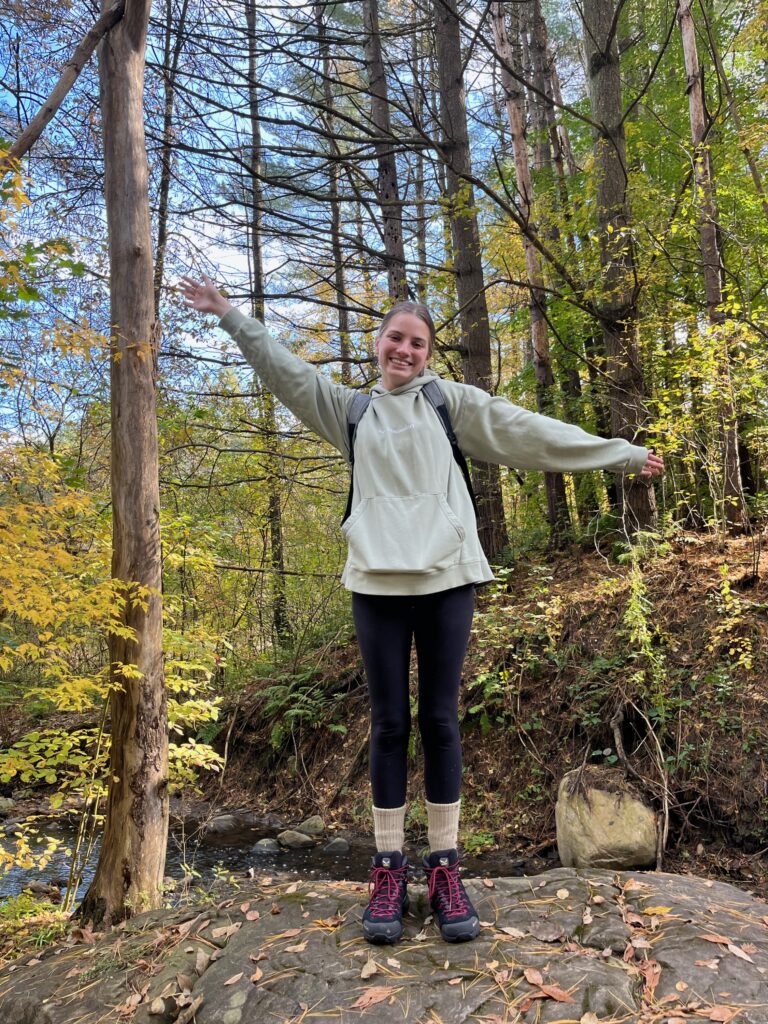Isabel Sykora 🍁
Hello! Welcome to my NR1 Phenology Blog. To get to the section of Centennial Woods that I have chosen, enter the woods and follow the trail until you get to the first fork and go right. This fork isn’t too obvious, it’s more of a smaller trail off of the main path. After following this path, you will approach Centennial Stream and a clearing, which is the spot I chose. I chose Centennial Woods because I think it’s very peaceful and interesting to observe, but also very accessible. I especially like the clearing by the stream because it’s relaxing and pretty.
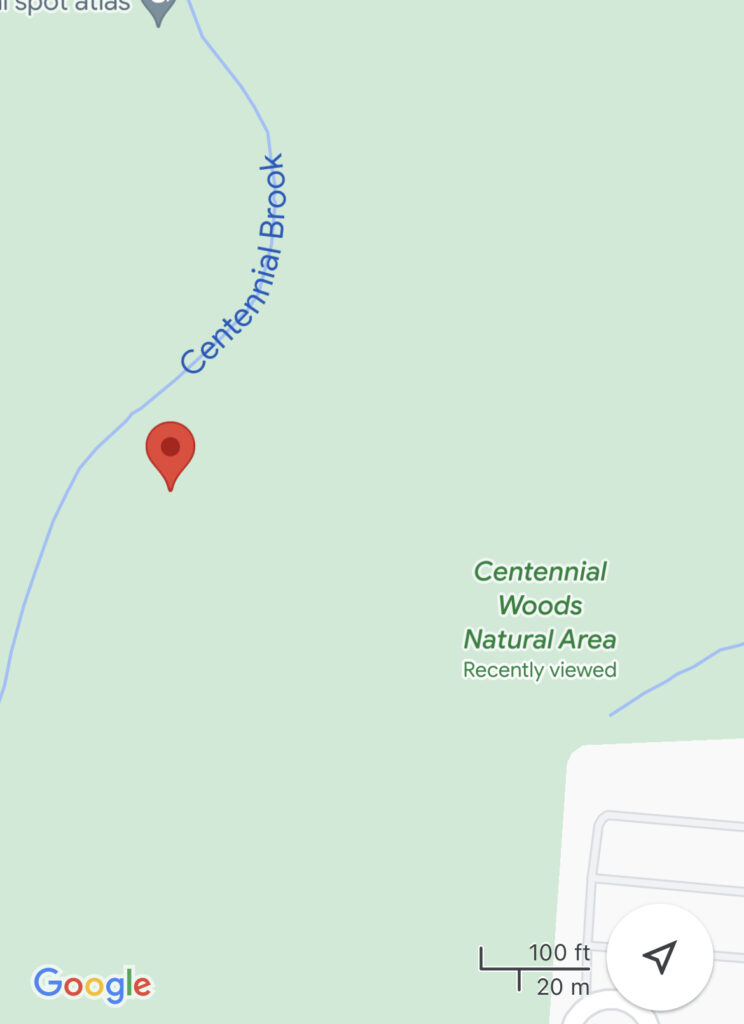
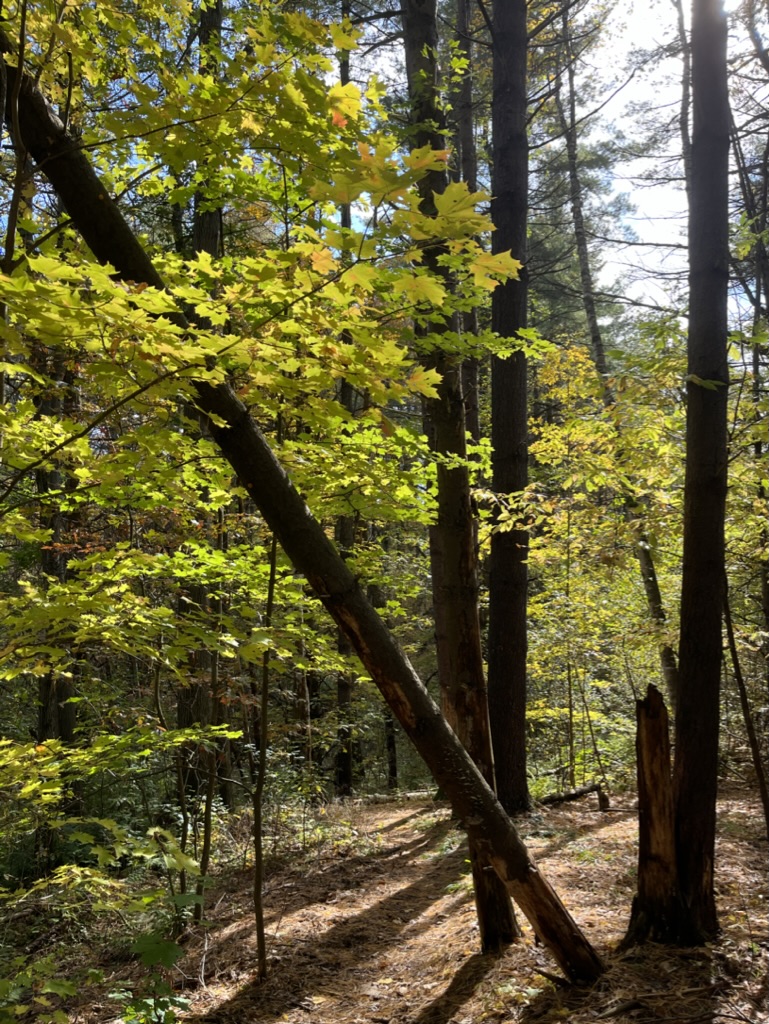
There is an abundance of understory in this section of Centennial Woods, mostly ferns, poison ivy and dandelions. I’d say at least 80% of the ground in this section is covered in understory. There is also a bit of Devil’s Beggarticks and big leafy plants that look to be in the cabbage family. In addition to these plants, leaf litter, pine needles, rocks in various sizes, sticks and logs cover the floor. The pine needles covering the ground lead me to believe that the soil is probably at least relatively acidic.
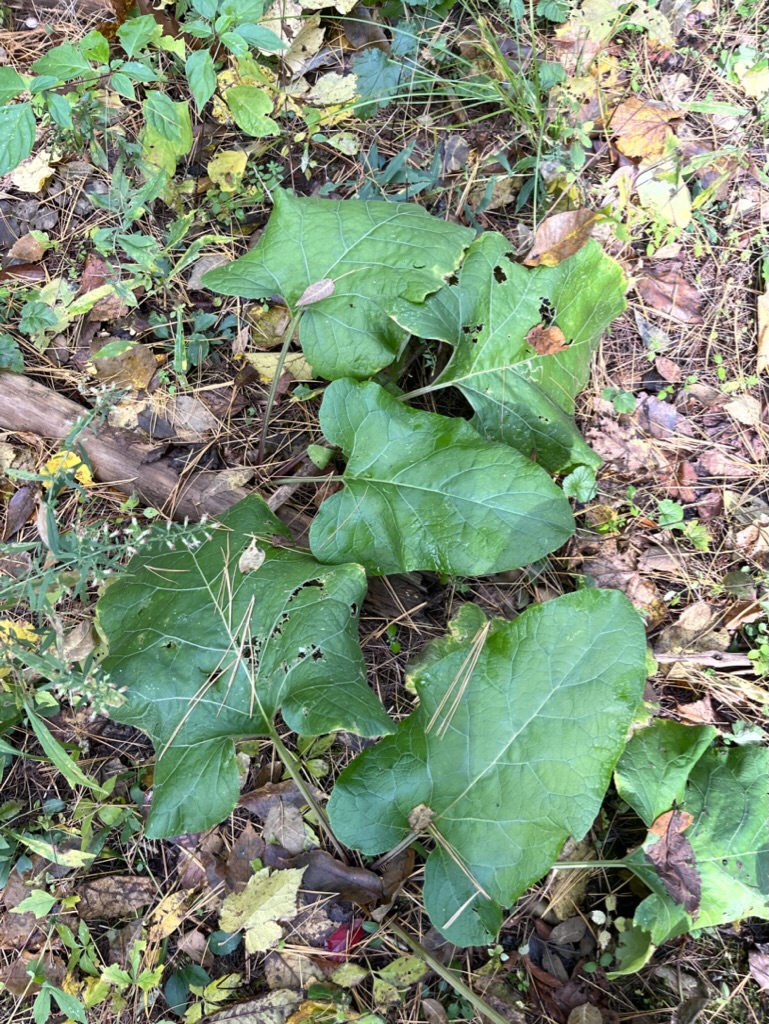
In the stream, there are large and small rocks, some of the rocks containing algae on them. The stream moves at a medium rate, carrying leaves and sticks with it. Additionally, the bank across the stream is severely eroded, and you can see tree roots.
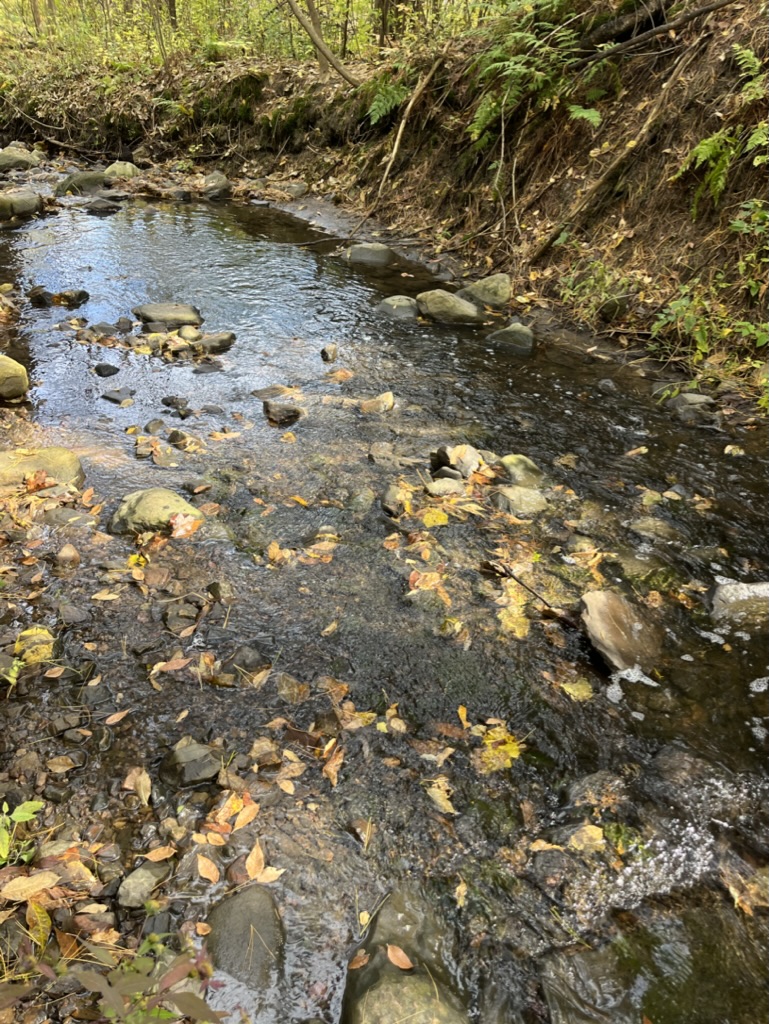
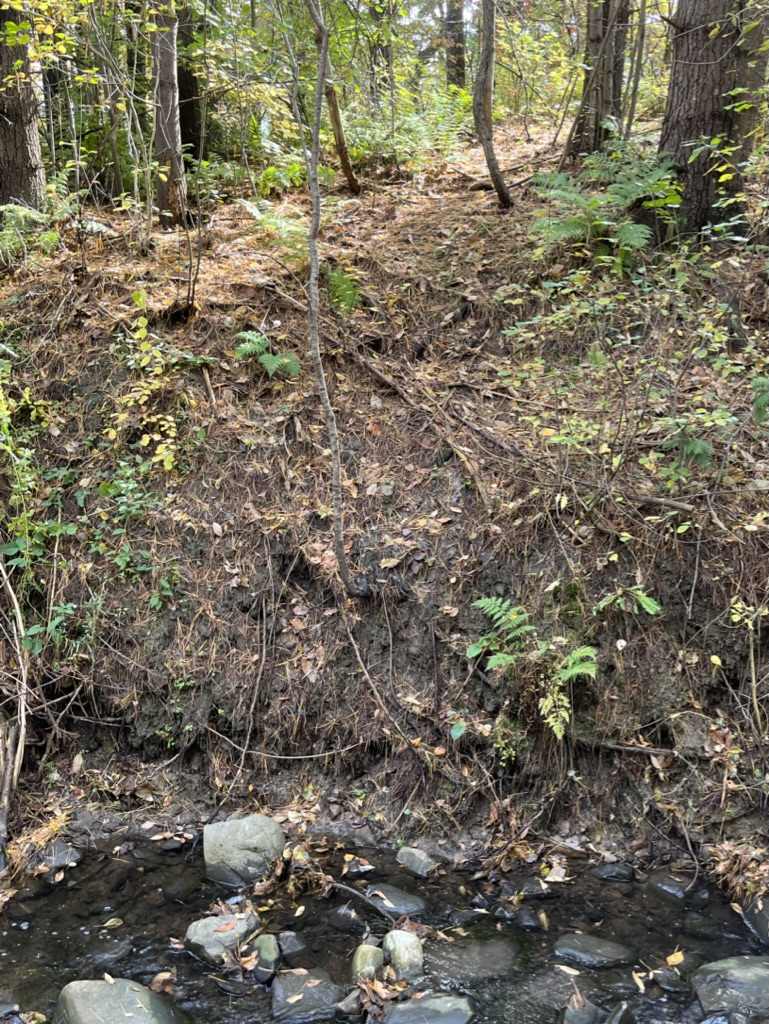
CENTENNIAL
Woody Plants:
- Eastern White Pine
- Yellow Birch
- Northern Red Maple
